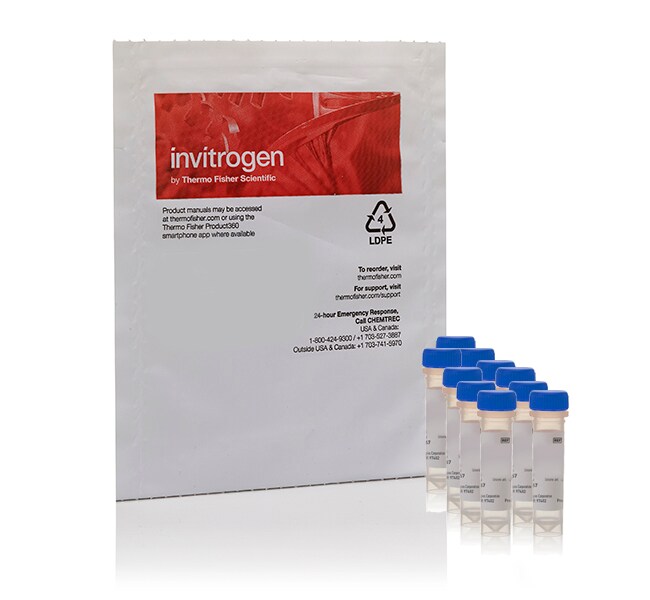
Probenecid is commonly used to inhibit organic-anion transporters located in the cell membrane. Such transporters can extrude dyes and indicators and thus contribute to poor loading or a high background signal in assays based on retention of the dyes or indicators inside cells. The use of probenecid to block the efflux of intracellular dyes was first described by Di Virgilio et al. (1990), and it has been used with a wide range of anionic dyes and conjugates. The commonly used free acid form of probenecid is difficult to dissolve, requiring 1 M NaOH to get it into solution. Our water-soluble probenecid (P36400) dissolves quickly in assay buffer and eliminates the need to handle caustic NaOH. The water-soluble probenecid is included in the Fluo-4 NW Calcium Assay Kits (F36205, F36206) and is also available separately.
Learn more about ion indicators including calcium, potassium, pH, and membrane potential indicators ›
| Code | Description |
|---|---|
| P36400 | Catalog Number: P36400 |

